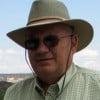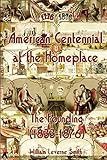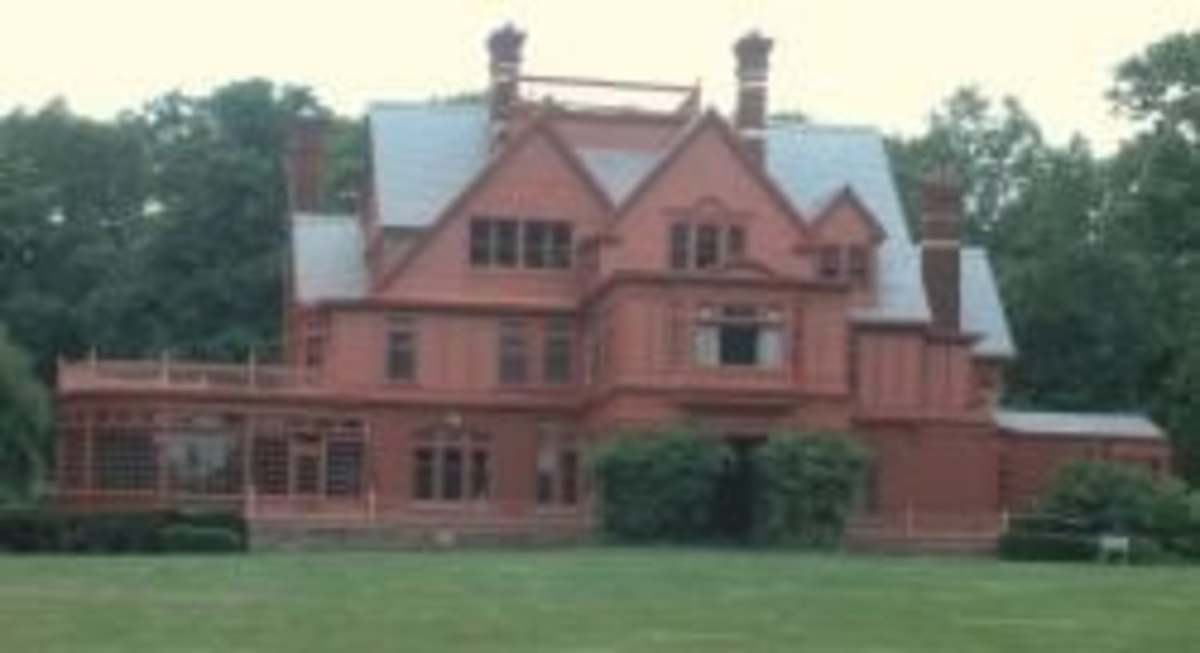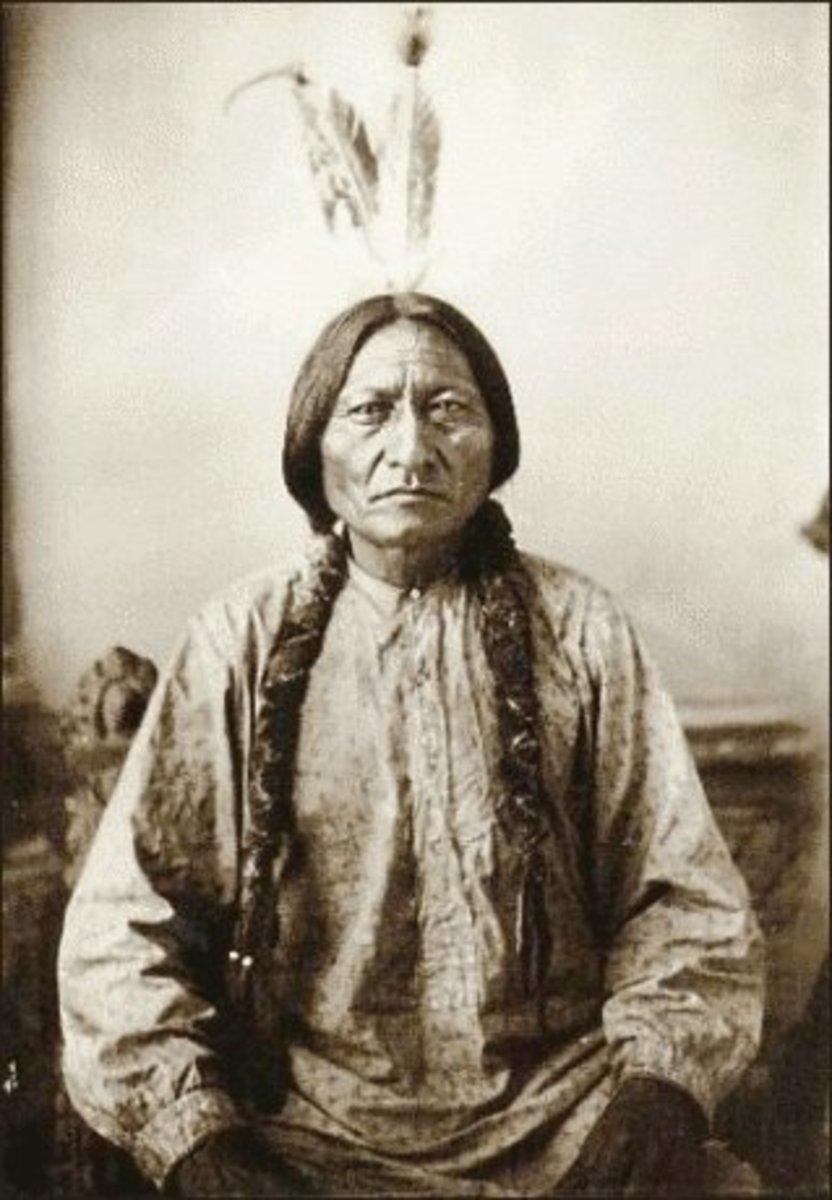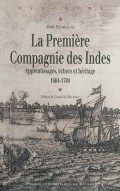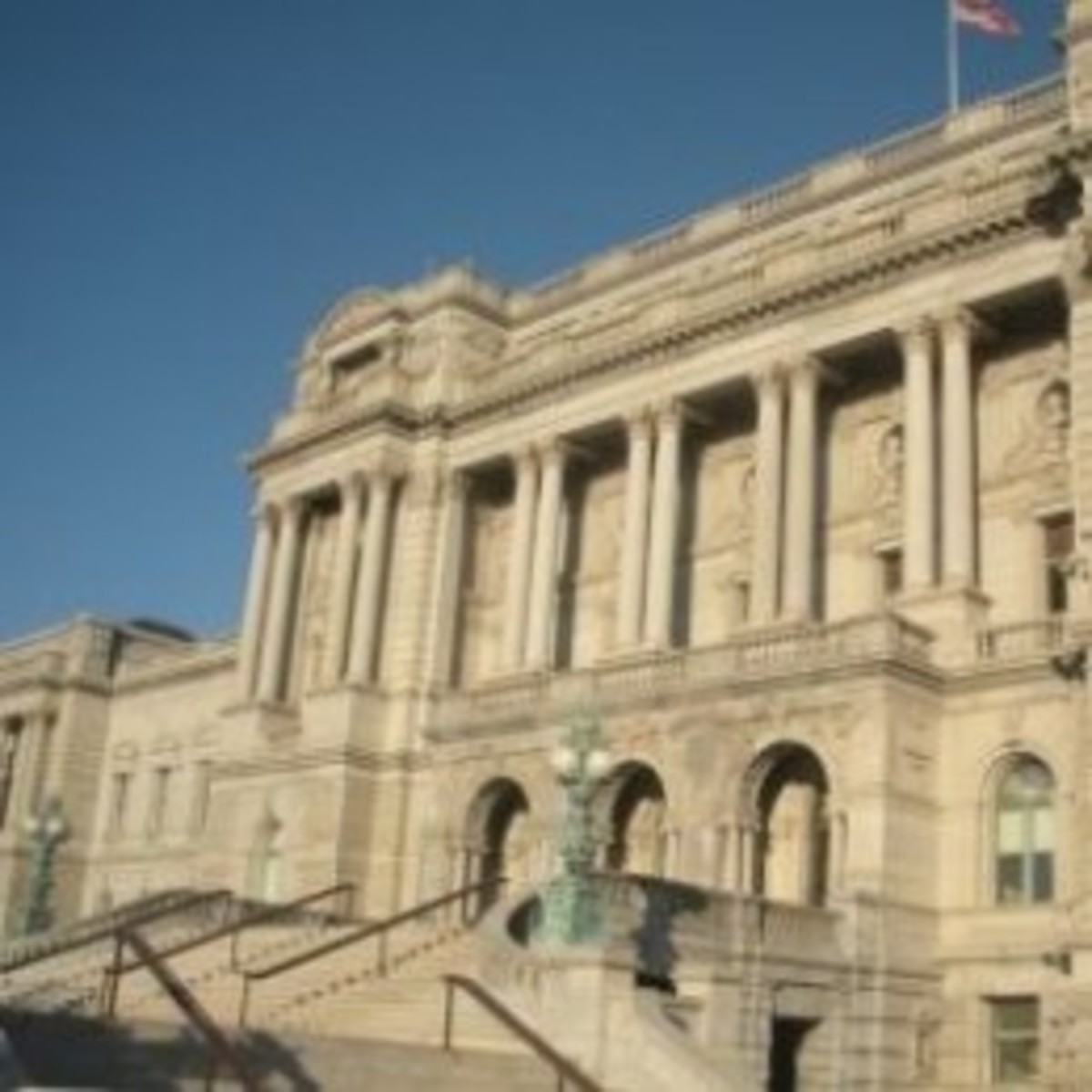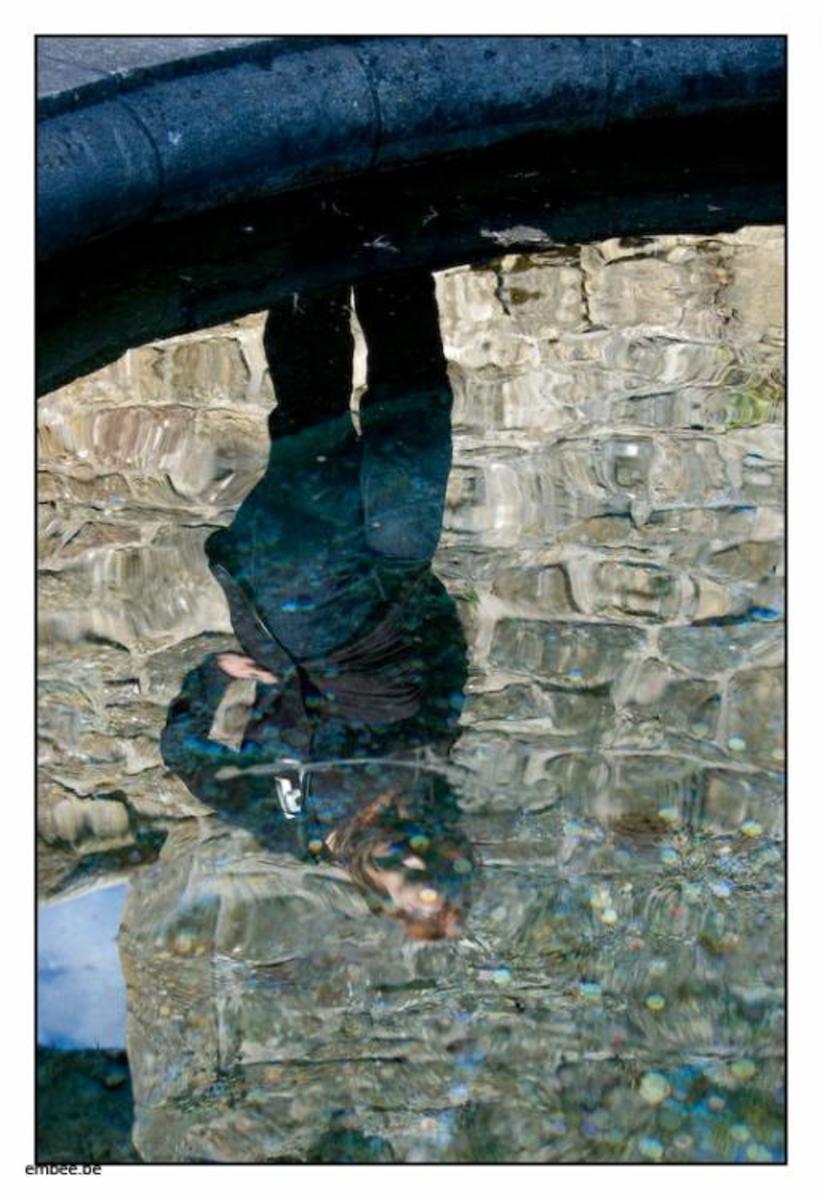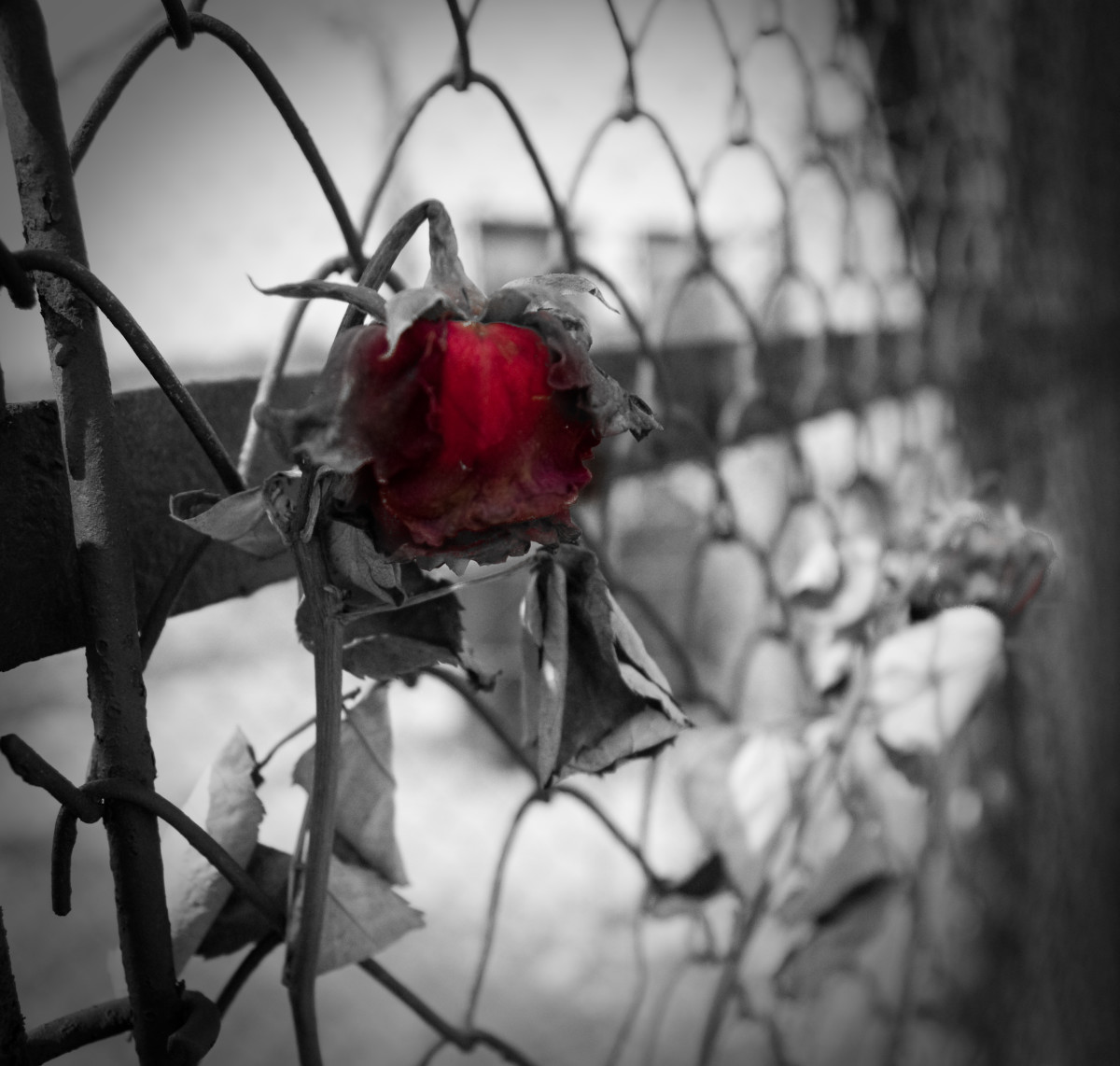Weston Wagons West - Ep. W7 - Roger and Carl Weston followed the Butler brothers after the war
St. Clair was put in command
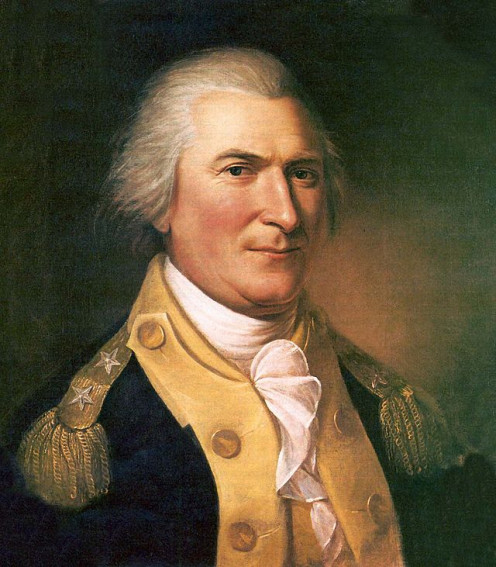
The Northwest Indian Wars reached a new high, or low, depending on your point of view
Celebrating the victory at Yorktown, Washington toasted the whole Butler family to his officers. "The Butlers and their five sons!" Following the Revolutionary War, Richard Butler was named by George Washington to be in charge of Indian affairs in the Northwest Territory. He negotiated both the Treaty of Fort Stanwix in 1784 and the Treaty of Fort McIntosh in 1785. For a few years, he returned to Pennsylvania, served as a County Judge, and as a member of the state legislature. He raised a family. Following the Indian uprisings led by Chief Little Turtle, and Harmar's defeat, Butler was called back to military service, as a General, second in command to General Arthur St. Clair (There were many who felt the upcoming campaign would have been more successful if Butler, not St. Clair, had been in command). On the morning of November 4, 1791, Indians under Little Turtle ambushed the army and killed 600 men and scores of women and children.
General Richard Butler was mortally wounded in the battle. Detailed accounts of the actual action contain a number of graphic and contradictory accounts of his demise.
The following account of "St. Clair's Defeat" comes from Butler family correspondence and communications with the Butlers by Roger, and his son, Carl, Weston during this period.
This is the way the son of Edward Butler related the story to the family: "Having been shot through the arm and then through the body, my father, Captain Edward Butler, then a captain in St. Clair's army, removed him (General Butler) from the field and placed him against a tree. He then returned to the battlefield and found his other brother, Major Thomas Butler, shot through both legs. He took him from the field and placed him by the side of the General. After the loss of two-thirds of our army, it gave way and the Indians commenced a hot pursuit. Finding my father incapable of saving both his brothers, my noble uncle, the General, said: 'Edward, I am mortally wounded. Leave me to my fate and save our brother.' So they left him alone in his glory."
When Edward returned to Thomas, he found him in danger of bleeding to death in the frozen swamp and carried him to a dry spot, where he bound up his wounds, using parts of their own linen, and succeeded in stopping the flow of blood after great difficulty. Thomas wanted Edward to just leave him, but Edward refused. With the assistance of a wounded dragoon, passing by, the Major was placed on the horse in front of the wounded soldier, and together, suffering from their wounds and want of food, reached Fort Washington. There Major Butler received the needed surgical attention and was soon on his way to recovery.
Edward shortly thereafter rejoined the army, under General Anthony Wayne, and participated in the "glorious campaign of 1793-94."
[Another account of this battle was reported earlier in this series in Episode T1.]
Also includes references to the three Butler brothers' involvement in the "Battle of Wabash" or "St. Clair's Defeat."
- Weston Wagons West - Ep. T1 -Fred Weston moves from Virginia to Ohio - Descendant of Thomas Weston
Fred Weston, a great-grandson of Thomas Weston, moves with his young wife from Virginia to Ohio and experiences the uncertainties of frontier life while Indian hostilities were still very real.
The first novel in "The Homeplace Saga" series of family saga historical fiction stories
Video Book Trailer
Anthony won victory at Fallen Timbers
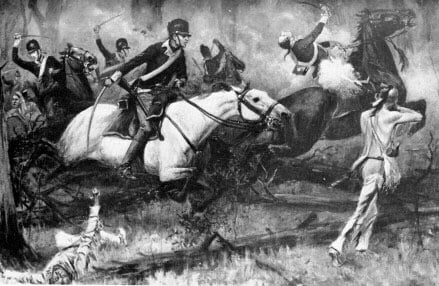
Anthony Wayne led the "Legion of the United States" over the Indians in the Northwest Territory
Following "St. Clair's Defeat" it became obvious that driving the Indians, and the British, out of the Northwest Territories would take a more professional approach. President George Washington placed Anthony Wayne in command of the new "Legion of the United States." Wayne established a basic training routine for new U.S. Army recruits, near present-day Pittsburg, before going to Ohio to take up the battle. There, he first established Fort Recovery on the exact location of St. Clair's Defeat, as his base of operations. In August of 1794, at the Battle of Fallen Timbers, just south of modern Toledo, Wayne led the decisive victory, This led to the Treaty of Greenville which set the stage for the State of Ohio to join the Union in 1803.
After the death of General Anthony Wayne on the 15th of December, 1796, Captain Edward Butler was ordered to Tennessee, where he was the Senior Captain, and where his brother, Colonel Thomas Butler, was in command. Captain Edward Butler was one of the Commissioners under the Treaty of Tellico, in October 1798, to survey the Indian Boundaries.
Both Butler brothers were well acquainted with of Andrew Jackson. When Edward Butler died, in 1803, he left his two sons to the guardianship of the future president. At about the same time, General Jackson also was guardian of two of the children of Colonel Thomas Butler's children. At the time of his death, a commission promoting Captain Butler and ordering him to Fort Wilkinson, in Georgia, was in the mail.
The latest book in "The Homeplace Saga" series of stories
Butler refused to obey Wilkinson
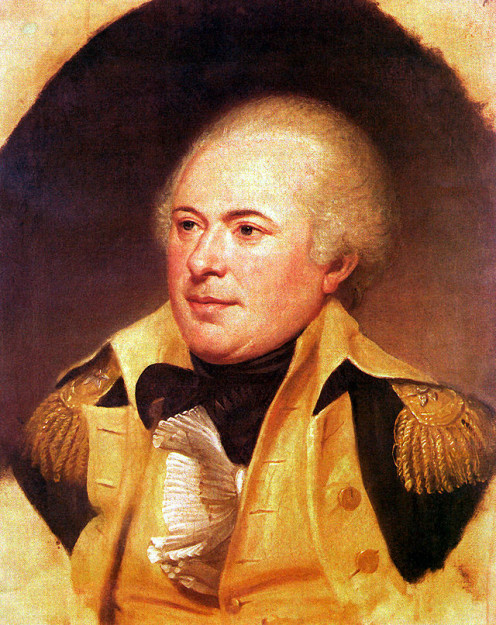
Thomas and Edward Butler along with Carl Weston and his family moved to Tennessee
On August 27th of 1795, Thomas Butler was promoted to Lt. Col. and named by George Washington as the officer best calculated to command in Tennessee when it became necessary to dispossess whites who had independently settled on Indian lands in what become known as the Natchez District. In 1798, Colonel Butler had continued his good work in the South. He and George Walten signed the treaty with the Cherokees. It was under this treaty that Captain Edward Butler was appointed a commissioner to mark the Cherokee line. In 1799, Thomas Butler was promoted to full Colonel and had is headquarters in Knoxville, Tennessee, where he was in command until 1802.
Carl and Jenny Weston, along with son, Evan, now 11 early in 1797, made their permanent move, together, to Knoxville. Carl enjoyed being of continuing service to the Butler brothers and to many of their friends and colleagues as well. The close connection to General Andrew Jackson made for an extremely volatile atmosphere in which to live and work. Thomas Butler raised the stakes even higher when he challenged the famous "roundhead order" of General Wilkinson, issued on April 30th, 1801. The order required all officers and men to cut off their queue, the long hair that had been an officer tradition since "time immemorial" as Butler claimed. There were arrests and courts marital. There were letters involving General Jackson, the Secretary of War, the President and others that documented the cases. Before the cases were settled, on September 7th, of 1805, Colonel Butler lay dead of yellow fever… with his queue still in place.
Thomas Butler had married Sarah Jane Semple, in Pittsburg. They had four children who lived to adulthood and had families of their own. These were Thomas Butler (later a Judge), born in 1785; Robert Butler (who had a military career), born in 1786; Lydia Butler, born in 1788, who married Stokely Hays, a nephew of Mrs. Andrew Jackson; and, William Edward Butler (a physician), born in 1790, who married Patsy Thompson, daughter of Colonel Robert Hays, and a niece of Mrs. Jackson.
Historical note by the author
As with prior Weston Wagon West episodes, all members of the Weston family, their spouses and children, are fictional. All other characters and places are based on actual historical figures and places, used fictionally while retaining their historical detail as closely as feasible based on known historical records. For example, the author is a 4 times Great-Grandnephew of the elder Thomas Butler.
Much of the detail of the Butler family in this episode relied on the 1904 book, "The Butler Family in America," complied by William David Butler of St. Louis, MO, John Cromwell Butler, late of Denver, CO, and Joseph Marion Butler, of Chicago, IL. Other material was drawn from Wikipedia articles and extend family history and genealogy research of the author, supported by his wife, and other family contributors.
Learn more about "The Homeplace Saga" series of family saga historical fiction stories
- "The Homeplace Saga" Blog
The home blog for "The Homeplace Saga" series of historical fiction family saga stories set in the southern Missouri Ozarks. All updates of the series are mentioned here, regardless of platform. Watch of the release of the forthcoming collection.
